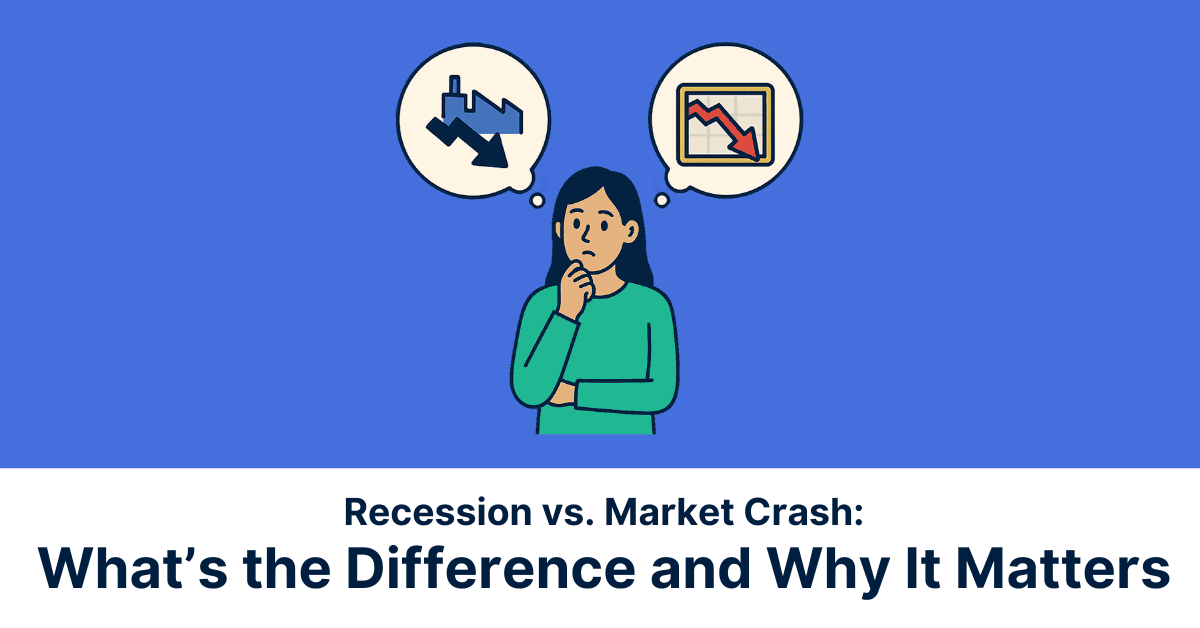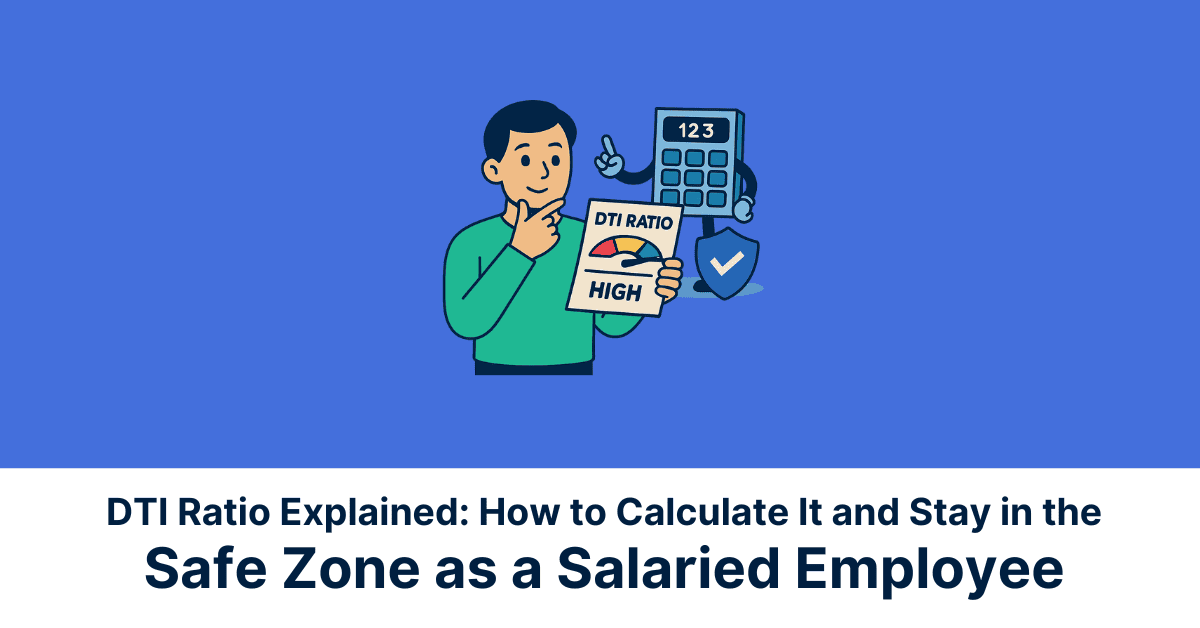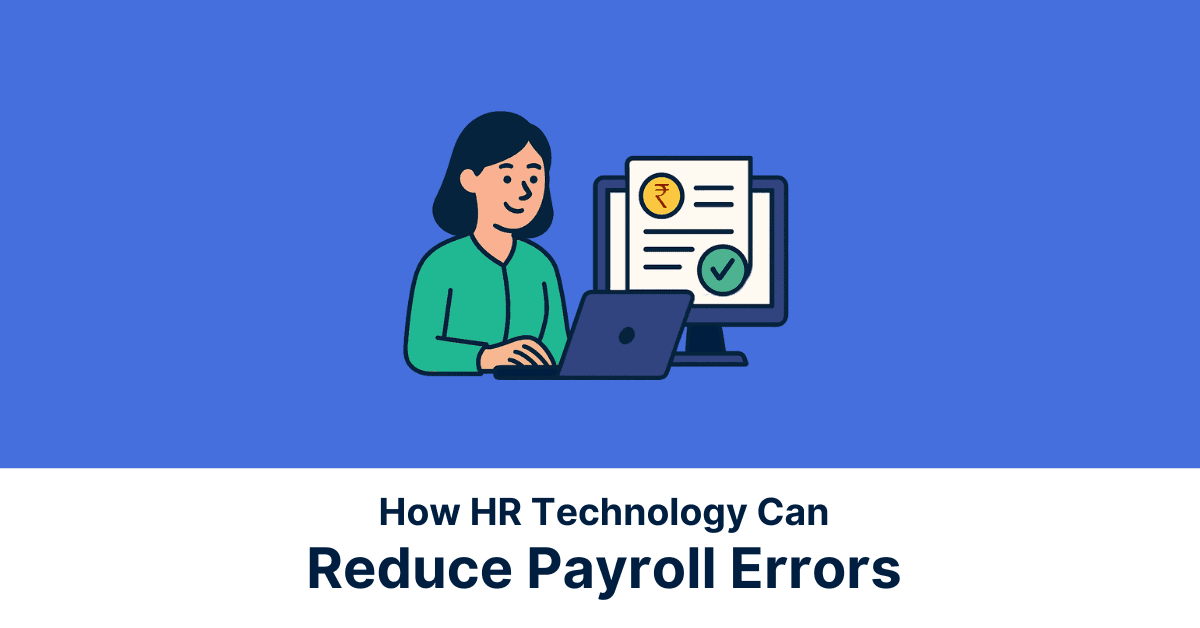It’s world well-being week, sadly the amount of financial stress employees are feeling has only increased from the chaos of last year; owing to the inflation that is being experienced globally. This is not good, for anyone. The employers nor the workforce is benefitting from this situation. The 2022 PwC Employee Financial Wellness Survey has identified 56% of financially stressed employees from a set of more than 3000 workers from several industries in the US. Most of them find it hard to keep up with the rising expenses. Additionally, one out of four of them has started working more than one full-time job to make ends meet.
This constitutes a crisis. Financially stressed employees are more likely to look for a new job. Keeping in mind the hiring and training expenses, along with the loss of institutional knowledge, employers should consider making employee financial wellness a priority. The challenge would also be to push your workers to participate in financial wellness programs and ensure their well-being similar to what is done with campaigns for annual medical health check-ups.
Financially stressed employees are three times more likely to be affected by mental health issues and it has been recognized as a key issue for low-performance rates, especially in the pandemic. As more companies realised the impact of mental health on productivity, many have taken an initiative in conducting programs for the same. Financial anxiety just adds to the pile of worrying symptoms of mental exhaustion leading to burnout. Employers should consider financial coaching programs for better money managing capacity for their workforce.
Reports have shown that employees who participate in financial wellness initiatives have less stress than non-participating employees. As we move into the inflation crisis, more employees are saying their compensation does not keep up with the costs of things. In such a scenario, employers should emphasize financial planning workshops and coaching designed for employees to manage the financial implications of things like buying a home, getting married, becoming a parent, or dealing with divorce. These are conventional expenses that require financial planning but, also, small unprecedented situations happen in day-to-day life that demand extra spending. Unforessen expenses such as a family trip, vehicle failure, House repairs, etc, add to financial anxiety that is where a company can give assistance to their employees with Employee financial wellness programs.
The road to the financial well-being of your employees can be mapped out with a few steps. Improving internal communications by running campaigns to promote seminars and workshops on the matter is of course on the agenda, but first, take a stance on the matter. Launch an event, and invite employees to learn about the program. Create a library involving resources about the same, and promote content through internal communications. Encourage employees to participate in passive forms of wellness engagement, like online financial education programs and webinars. Then, if your benefit plan allows, guide them toward active programs where they can meet one-on-one with a financial expert or enroll them in any micro-savings plan.
Our goal is to create a financially empowering environment for your employees, which would require active campaigning. As we are progressing to consider mental health issues as a condition needing sympathy and support, it is important to consider financial wellness a part of it. Bringing up a support system for your employees to fall back on financially, would benefit employers to no end.
*Disclaimer:
The information contained herein is not intended to be a source of advice concerning the material presented, and the information contained in this article does not constitute investment advice. The ideas presented in the article should not be used without first assessing your financial situation or without consulting a financial professional.




















